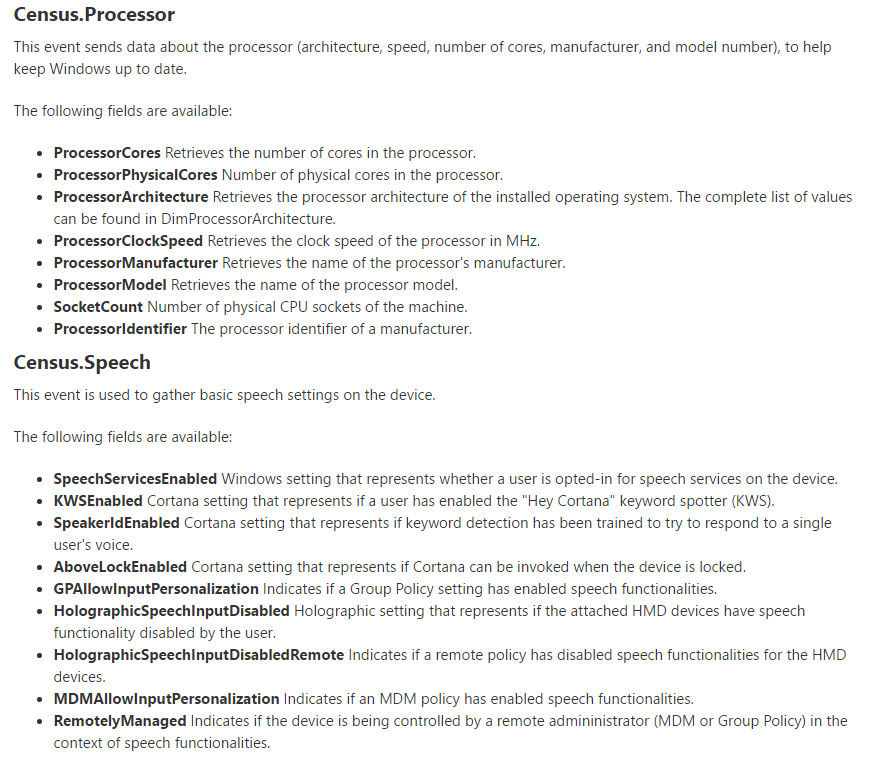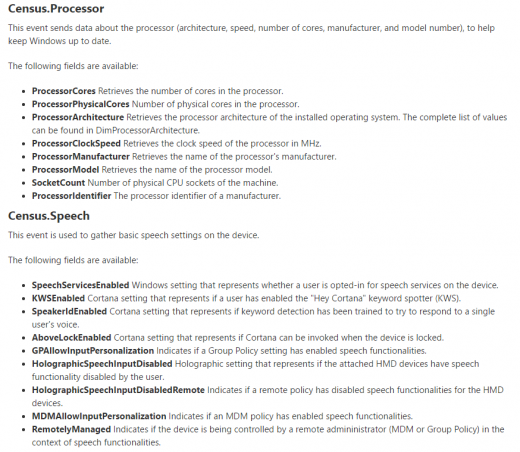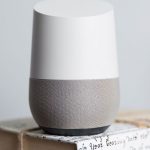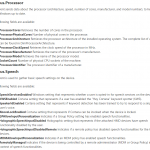Microsoft Reveals Long List Of Data It Collects
Microsoft Reveals Long List Of Data It Collects
by Laurie Sullivan @lauriesullivan, April 7, 2017
Microsoft recently made a decision to reveal and outline the type of data it collects from its Windows 10 operating system and Edge browser in an effort to become more transparent and open with users as it prepares to roll out its Creators Update, scheduled for release Tuesday. The next big free update to Windows 10 offers a slew of new features and tools such as tab management in the Edge browser, as well as the ability to create 3D images and privacy updates.

For the first time, along with the updates to its operating system, Microsoft has published a complete list of the diagnostic data it collects. The individual data points related to a specific item or event are collected together and called Events, and they are organized into diagnostic areas. Brian Lich, a technical writer at Microsoft, provides a detailed summary of the data collected.
The collected data includes everything from device data to details about Web browsing, search and query activity in the Microsoft browsers and Cortana, and local file searches on the device. It specifically notes text typed into address bars and search box text selected for Ask Cortana searches, Browser ID, URL, page title, and more.
Some of the data comes from specific device capabilities that people use such as cameras and whether the device has a front or rear-facing camera, or both. It collects the data on whether the device has a touchscreen, virtualization hardware, voice search or controls and wireless capabilities, and whether it supports face detection.
Windows 10 also collects data on app use and the duration of the use, along with user settings, device name, update status and app store update settings — and accesses device network information such as IP address types, hotspot detection, and whether it uses a hashed IP address. Most of this information can be used to target advertising.
Microsoft also collects information on music and TV, reading, and photos, but the company notes that the content consumption data collected include “diagnostic details about Microsoft applications that provide media consumption functionality (such as Groove Music), and is not intended to capture user viewing, listening or reading habits.”
The document defines all events and information that can be collected. Although it is highly detailed, Microsoft says it aims to put users more at ease through transparency and alerting them to the data it collects in each category.
MediaPost.com: Search Marketing Daily
(35)













